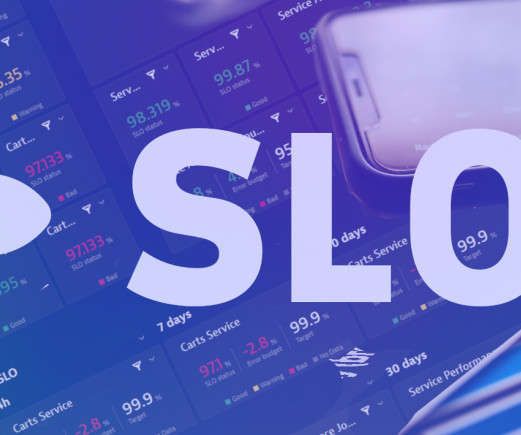Site reliability done right: 5 SRE best practices that deliver on business objectives
Dynatrace
MAY 31, 2023
By automating and accelerating the service-level objective (SLO) validation process and quickly reacting to regressions in service-level indicators (SLIs), SREs can speed up software delivery and innovation. The growing amount of data processed at the network edge, where failures are more difficult to prevent, magnifies complexity.











Let's personalize your content